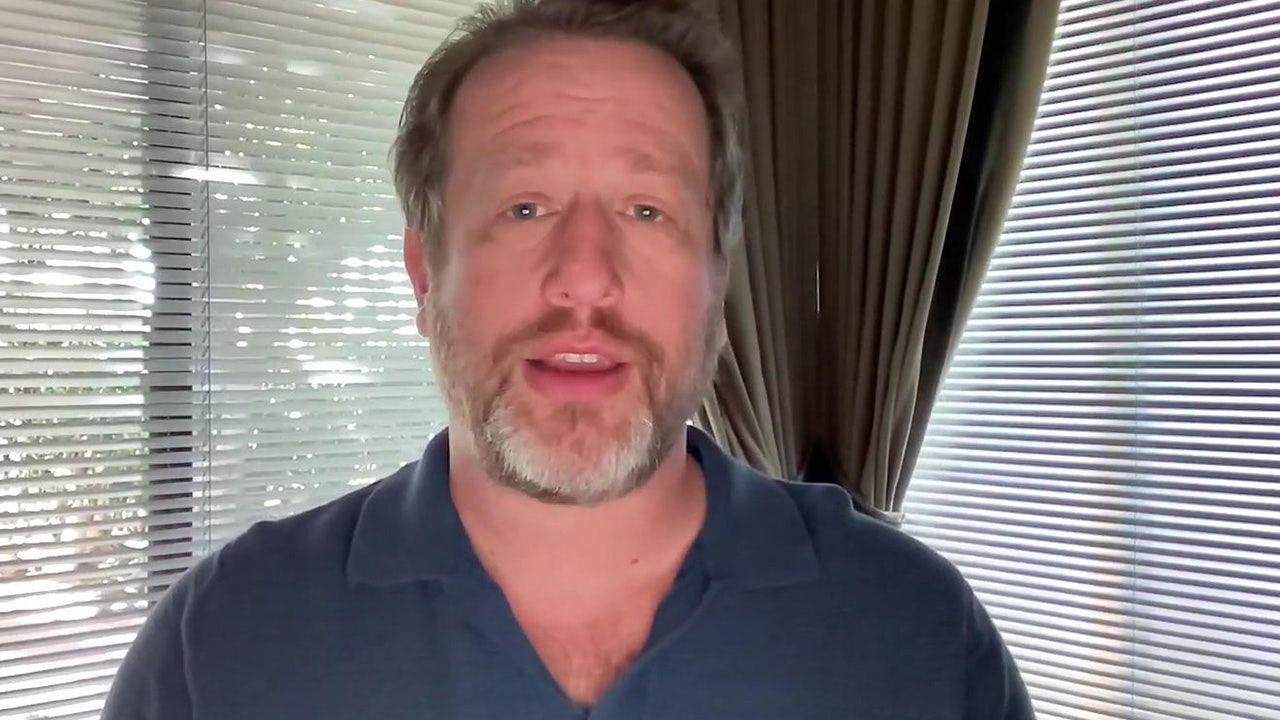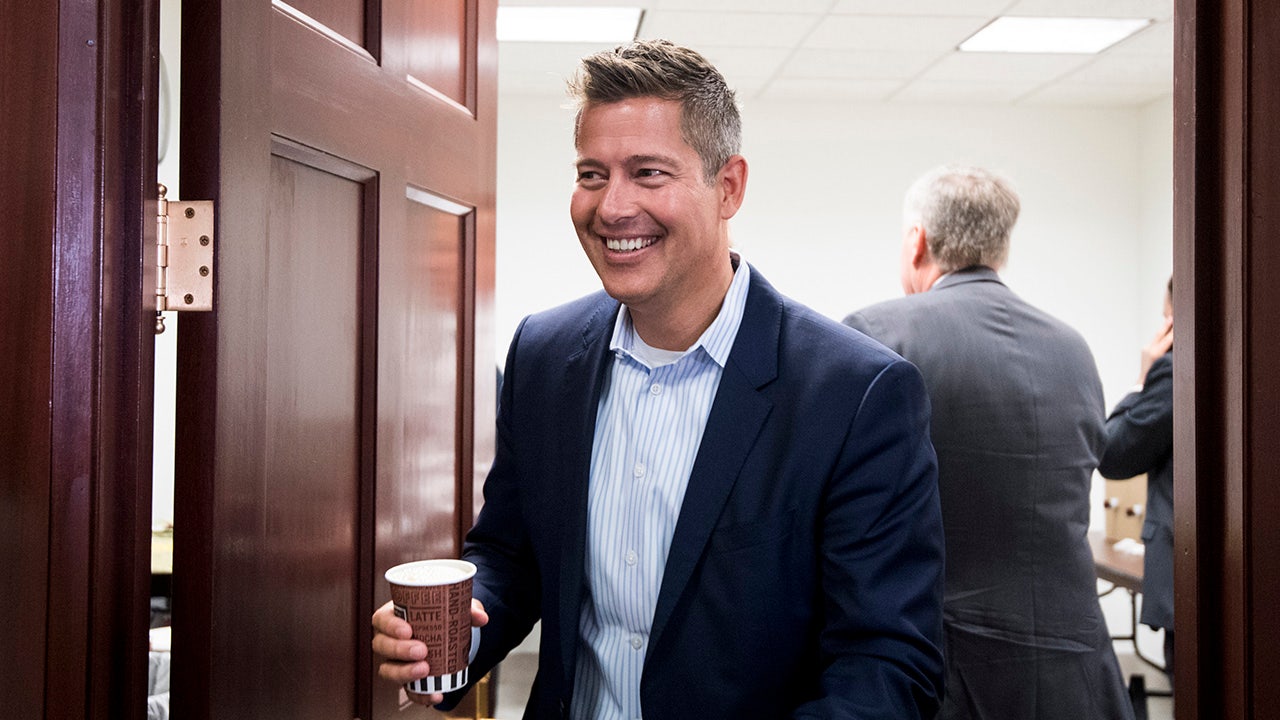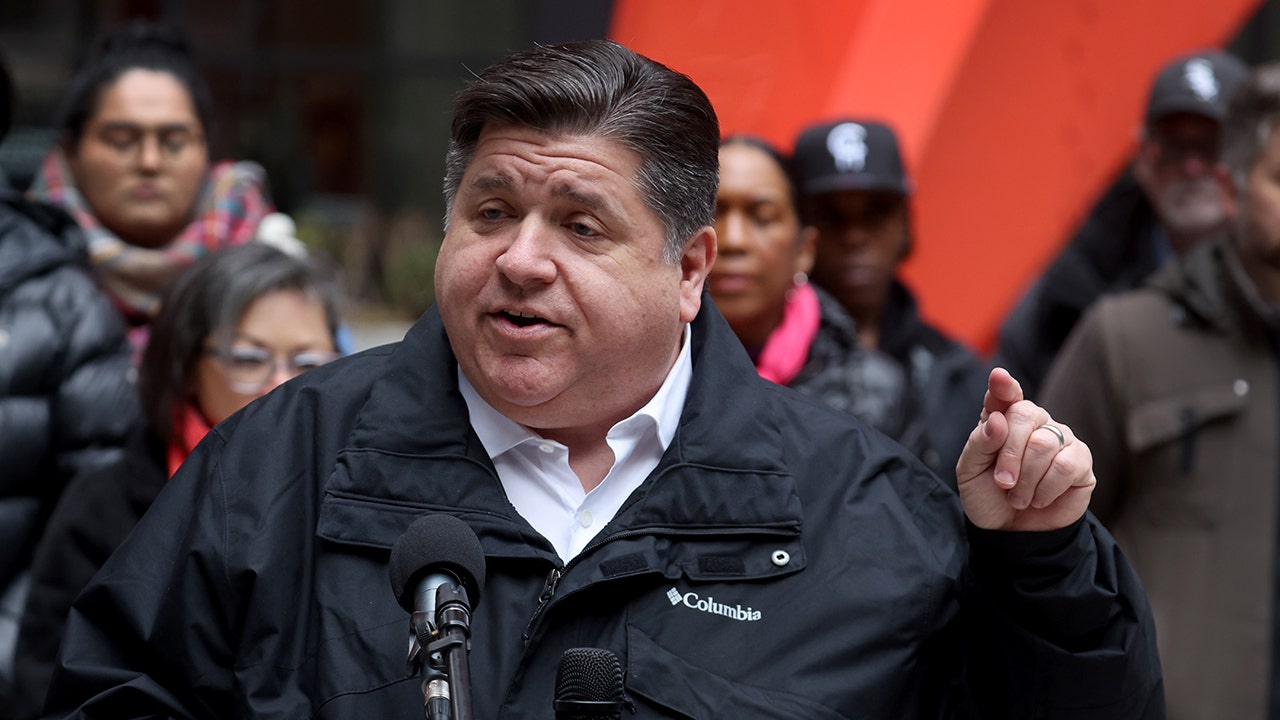The Supreme Court on Wednesday handed President Joe Biden a surprise victory as it allowed the Environmental Protection Agency to temporarily enforce its rules regulating planet-warming pollution from power plants.
The justices denied the emergency request from more than 20 Republican state attorneys general and industry groups that asked for the new Biden power plant rules to be temporarily halted while a lower court challenge plays out.
The EPA’s new rules will compel existing coal and new natural gas power plants to either cut or capture 90% of their climate pollution by 2032. The rules are expected to reduce the carbon dioxide emissions from the sector by 75% compared to a peak in 2005.
Justices Brett Kavanaugh and Neil Gorsuch said in a brief statement that they believe the states and groups have “shown a strong likelihood” of success on the merits of at least some of their challenges. But, Kavanaugh wrote, because the agency’s rule didn’t require them to take any action until next year, there was no reason to rule in their favor right now on the court’s emergency docket.
Conservative Justice Clarence Thomas said he would have granted the request from the states and groups. Justice Samuel Alito, another conservative, recused himself.
The Supreme Court’s rulings were the latest in a series of surprising wins for the EPA in recent weeks on the high court’s emergency docket. Earlier this month, the court let stand Biden administration rules that would cut emissions of the planet-warming gas methane as well as mercury. There were no noted dissents when the court resolved those matters.
But it was the emissions appeals, filed back in July, that were mostly closely watched by environmental groups.
In their filing with the Supreme Court, the challengers said the EPA rules would be too costly for power plants and could force them to close. And they told the court that the EPA rules relied on “inadequately demonstrated technologies on unworkable timeframes, effectively squeezing plants into retirement.”
In a 2022 ruling, the Supreme Court curbed the EPA’s power to regulate pollution from power plants but did not entirely take away the agency’s authority to do so. In crafting the most recent power plant rules, which were finalized earlier this spring, the EPA tried to hew as close to the law as possible, anticipating legal challenges.
In a recent interview with CNN, EPA Administrator Michael Regan said his agency “took to heart” the 2022 ruling restricting it, and flatly said his agency’s new rules were completely different from the Obama-era Clean Power Plan struck down by the court.
“We’re looking at something completely different that’s on the right side of the law,” Regan said. “In anticipation of a skeptical court, we took our time when we put this rule out.”
After the significant court challenge to the Obama-era rules prevailed at the Supreme Court in 2022, the new regulations give power generators options to choose how they meet pollution requirements.
The Biden administration’s proposal would push utilities to outfit many power plants with expensive carbon capture technology or add clean hydrogen fuel to reduce their emissions. The rules are being paired with generous tax subsidies for carbon capture and hydrogen in Biden’s climate law to help bring down the cost. But Republican attorneys general and industry are still arguing it’s too expensive for plants to do.
“Our position remains the same: this rule strips the states of important discretion while using technologies that don’t work in the real world,” West Virginia Attorney General Patrick Morrisey, one of the leaders of the lawsuit, said in a statement.
The EPA also announced in February it would delay its rulemaking process for carbon emissions from existing gas plants, which had initially been covered under the agency’s proposal last year.
A federal appeals court in Washington, DC, recently denied a request from the states and groups to put the rule on hold.
Read the full article here


















